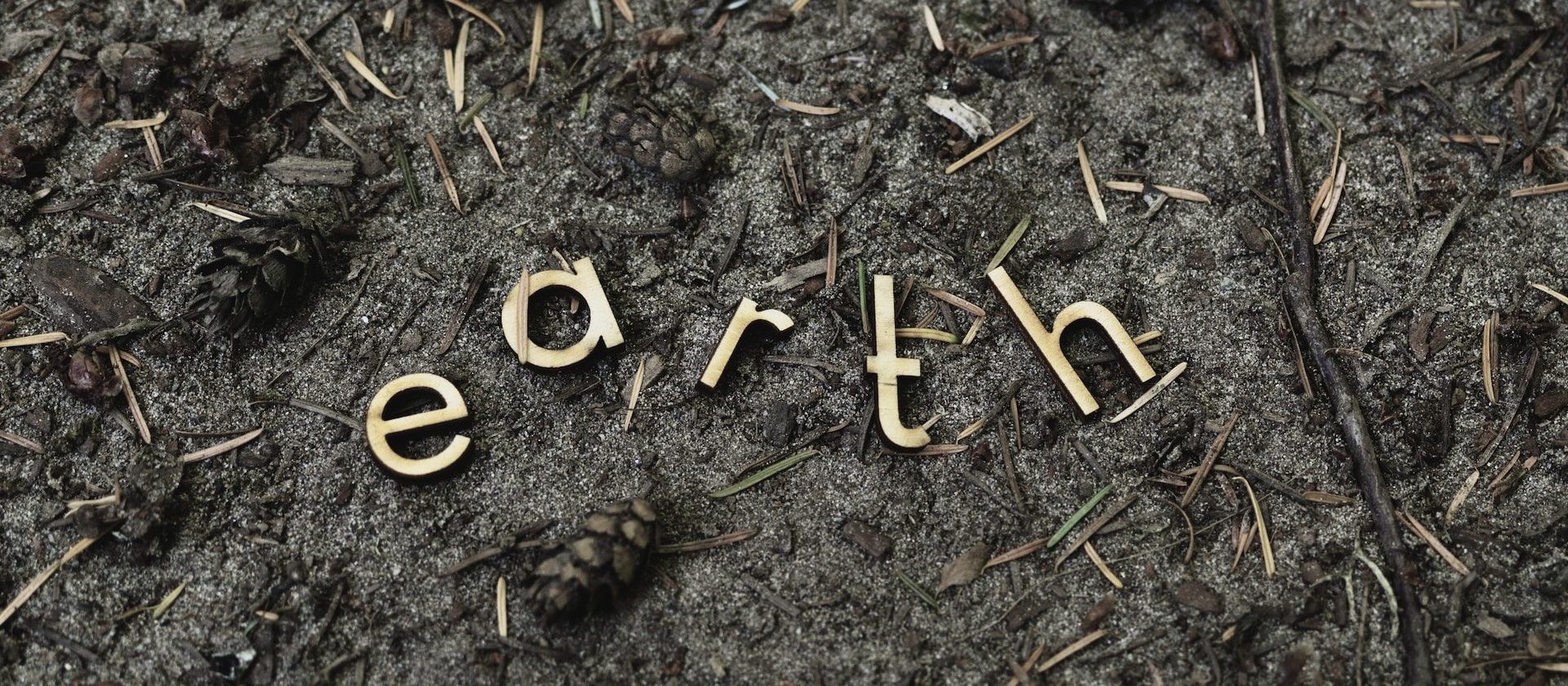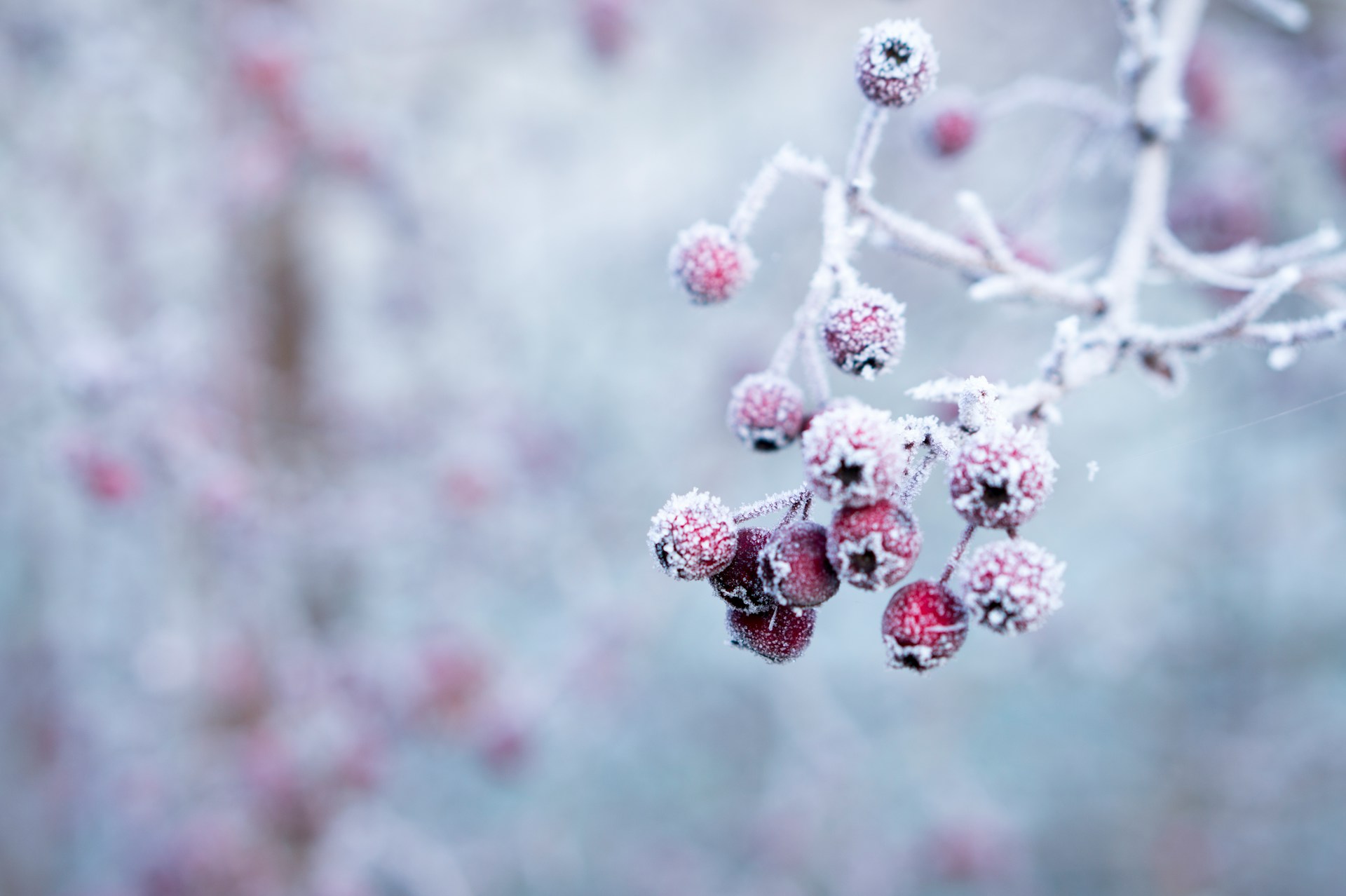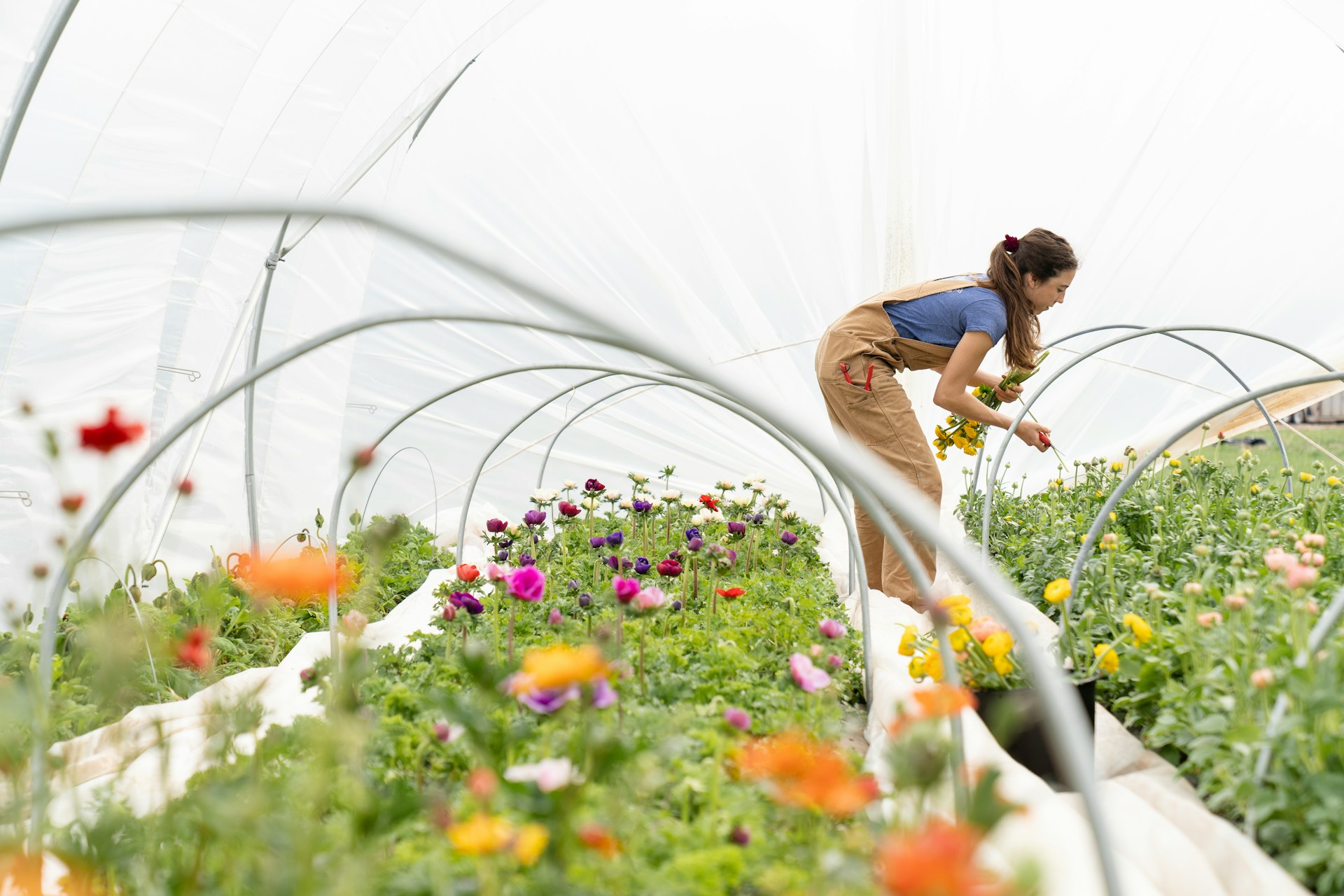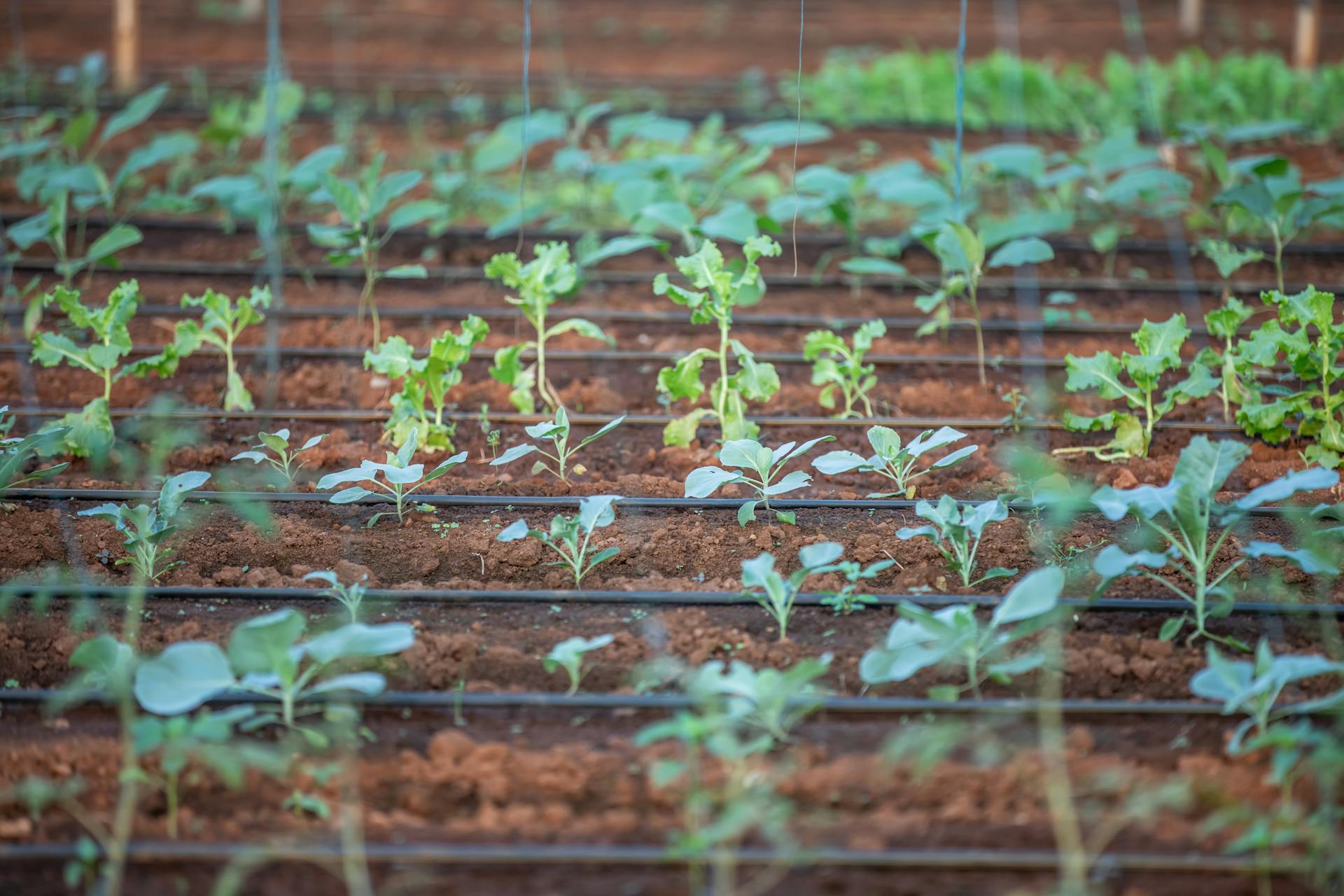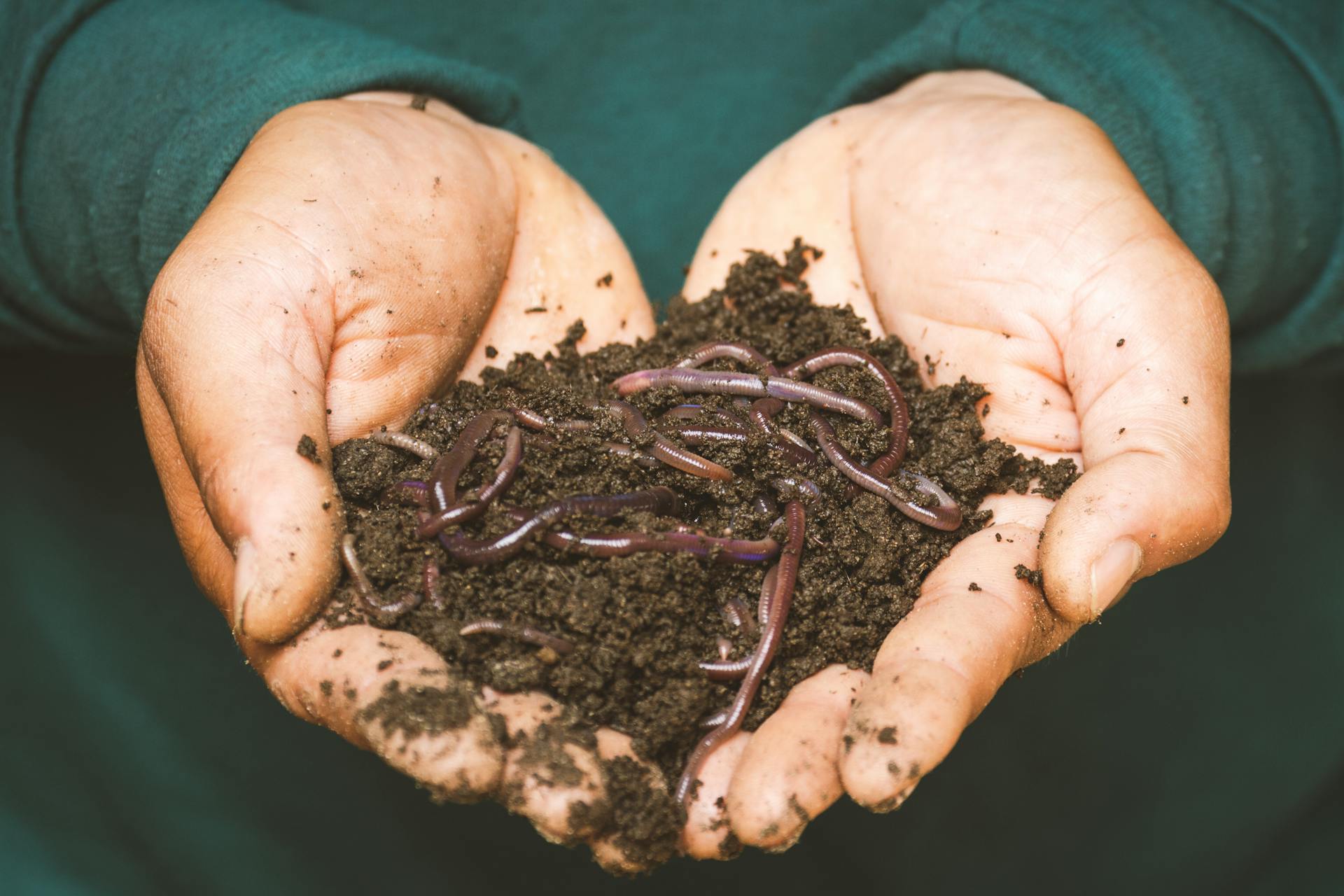There are so many benefits of raised bed gardening. But one of the trickiest parts of getting started is figuring out how to mix your soil. What kind of soil do you need? Will you need amendments? How do you mix it all together?
Don’t worry – mixing soil isn’t sorcery. I’m going to explain how to mix soil for raised bed gardening, so you can get started with confidence.
What’s the Best Soil Mix for Raised Gardening?
There’s so much debate about the best soil mix for raised garden beds. Every gardener seems to have their preference, and what works for one person may not work for another.
That said, there are some soil recipes that are very popular and seem to work for most gardeners.
Mel’s Mix
If you do any research on raised bed gardening, you’ll likely hear mention of Mel’s Mix. Many raised bed and square foot gardeners swear by it.
The theory is that traditional garden soil is too dense for raised beds. To keep the soil light and airy, they use Mel’s Mix, which is a mixture of:
- 1 part compost
- 1 part vermiculite
- 1 part coco coir
Each type should be measured by volume (i.e., cubic feet) and not weight.
Some gardeners prefer a mix of 50% compost and 25% vermiculite and coco coir.
So, what’s so great about Mel’s Mix? A few things:
- The vermiculite and coco coir help with drainage. Both will absorb moisture and when they are saturated, the excess moisture will drain away.
- It helps prevent weed growth.
- Seeds germinate really quickly in this mix.
Another great thing about Mel’s Mix is that you don’t need additional fertilizer. The mix provides everything your plants need to grow and thrive.
60/30/10 Mix
When I built my first raised garden bed, I followed the 60/30/10 rule:
- 60% topsoil
- 30% compost
- 10% potting soil
My plants were so healthy, and they grew like crazy!
In two weeks, the garden went from this:
To this:
But as you can see, I planted things a little too close together. It was my very first garden, and I was eager to pack in as much as I could. The plants still did well, but my squash and cucumbers were toast by the middle of summer.
I also added perlite to my mix to help with drainage because topsoil can be heavy. Potting soil contains ingredients that also help with drainage, so you may not need to add perlite to your garden.
At the time, I did not have my compost bins, nor could I get any compost from the city. So, I used Black Kow cow manure compost. We bought bags of topsoil and potting soil from a local home improvement store to fill the bed.
So, if you’re looking for a simple way to grow healthy plants, going with a 60/30/10 mix is a great option. And you can buy everything you need at your local Home Depot, Lowe’s or wherever you buy your garden supplies.
50/50 Mix
Some raised bed gardeners prefer a 50/50 mix:
- 50% compost
- 50% topsoil
However, I would recommend considering adding coconut coir, perlite or vermiculite to your mix if you’re going to use this recipe. Topsoil can be quite dense, and when mixed with compost, it may be too heavy for your raised bed.
A combination of topsoil, compost and vermiculite/perlite/coco coir seems to yield the best results for raised beds.
We’ll talk more about these soil enhancers in just a little bit.
What About Native Soil?
Can you fill a raised garden bed with native soil? Yes! But only as part of your mix. Native soil will be too dense for a raised bed. You need additives to improve the drainage or your plants will struggle.
There are some benefits to incorporating your native soil into your mix, even if it’s less than ideal. The soil in your backyard contains:
- Minerals
- Nutrients
- Insects
- Microfungi
- Earthworms
- Bacteria
These are all important components of healthy soil, so you can give your beds a little boost by adding some of your native soil.
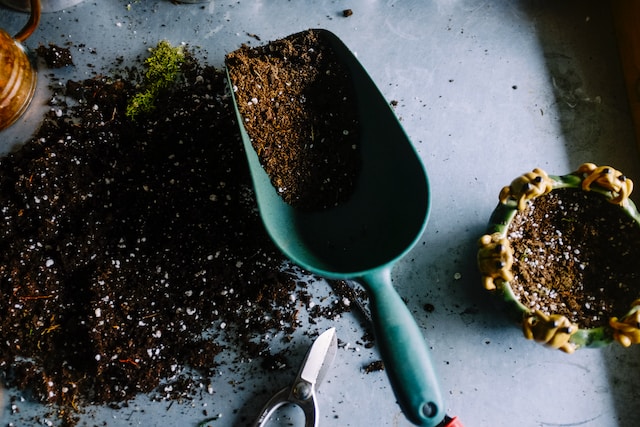
Can You Use Potting Soil in Your Raised Bed?
Because potting soil is so light and airy, it’s easy to assume that it’s the perfect option for your garden. After all, a raised bed is just a big container garden, right? In a way, yes.
But – potting soil is still too light for a raised bed.
Not to mention that it will probably cost you a fortune to fill your beds with potting soil alone.
If you like the idea of using potting soil, go with the 60/30/10 recipe I talked about earlier.
Can You Use Garden Soil in Your Raised Bed?
Garden soil is easy to find at local garden centers, and the big bags usually come at great prices. Can you just grab a truckload and add it to your raised beds?
Unfortunately, no.
Garden soil is similar to native soil in that it’s too dense for raised garden beds. It’s missing those elements that make the soil light and airy.
A mix of garden soil and potting soil may work for your raised beds, but you may still need compost or organic fertilizer to feed your plants.
Enhancing Your Soil
If you’re new to raised bed gardening, you may not be familiar with some of the things that we recommend putting into the soil.
It’s important to understand what these components are and why they’re beneficial for your soil.
Homemade Compost or Bulk Compost
Gardeners may disagree about ratios for their soil mixes, but one thing they can all agree on is that you need compost.
And you don’t necessarily need your own compost pile, either. Many local cities and counties in the U.S. have compost programs where you can load up your truck with the compost they produce.
If you decide to go this route, try to find out what they make their compost with. Some gardeners are leery about using municipal compost because it may be made from leaves from city pickup, which may contain automotive waste and other pollutants.
Having your own compost pile is ideal, but if your city has a great compost program, there’s no reason not to consider it.
Okay, But What is Compost and Why Do I Need It?
Compost is what feeds your soil. It contains all of the nutrients your plants need to thrive.
According to the EPA, composting is the process of converting “organic materials into a nutrient-rich soil amendment through natural decomposition.”
If you have your own compost bin, you can transform kitchen scraps, leaves, grass clippings and other plant material (yard waste) into food for your garden.
There are four main ingredients that you need for composting:
- Browns, which are carbon-rich materials
- Greens, which are nitrogen-rich materials
- Air
- Water
The right combination of greens (kitchen scraps, grass clippings, etc.) and browns (leaves, twigs, plant stalks, etc.), when mixed with air and moisture, will initiate the decomposition process. Over time, the ingredients in your compost break down, leaving a nutrient-rich soil amendment behind.
And when you use compost in the garden, you can reduce or even eliminate your use of fertilizers and pesticides.
Check out the EPA link above for more detailed information on how to start composting and how it works.
Mushroom Compost
There are many sources of compost out there, but one that’s beloved by gardeners is mushroom compost.
Mushroom compost is the by-product of mushroom farming. It’s a slow-release fertilizer, which makes it a great addition to a raised bed garden.
But it should be used with caution at the start of the growing season.
Mushroom compost can sometimes contain high soluble salt levels, which can kill young seedlings and germinating seeds.
When used properly, it can be a great amendment for your soil because it can help with water retention.
Worm Castings
Worm castings are another type of fertilizer used in raised beds and traditional garden beds. As you may have guessed, it’s made from earthworms. Well, technically, worm castings are worm poop. Gross, I know! But just like cow manure, worm castings add a ton of nutrients to the soil.
But unlike manure and other types of compost, it’s difficult to overdo it with worm castings. For this reason, they’re generally safe to use with seedlings.
Along with providing nutrients, worm castings also help aerate the soil and improve water retention.
Vermiculite
Vermiculite is a common soil additive, and it’s often used to help with seed germination because it encourages rapid root growth.
Part of what makes vermiculite such a great soil amendment is its ability to retain moisture and slowly release it as plants need it.
But what exactly is it?
Vermiculite is a naturally-occurring mineral that is heated up in a commercial furnace to produce the end product that you buy in the store.
Perlite
Perlite also comes from underground – just like vermiculite. It’s made from volcanic glass, and when heated to ultra-high temperatures, it pops just like popcorn. The end result is an airy particle that looks and feels like Styrofoam.
Perlite tends to be more reliable for improving soil drainage compared to vermiculite.
Coco Coir
Coco coir comes from coconuts. It’s the fibrous husks that make up the inside of the coconut shell. While this material can be used for many things, it’s a great addition to your raised garden soil.
Because coco coir is sterile, it won’t attract pests. It can also help suppress weeds. When combined with perlite, coco coir can enhance the soil’s aeration and porosity.
I’ve used coco coir for seed starting, and it works very well.
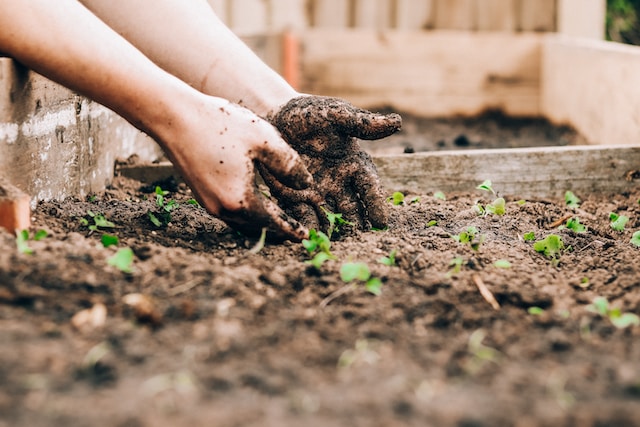
How to Mix Your Soil
Now that you have a better understanding of the best soil mixes and amendments, it’s time to move on to the most important part: mixing your soil.
In theory, this step should be easy, right? I thought so, too – until I realized just how much material it takes to fill up a raised bed.
There are a few ways to mix your soil, and no method is necessarily the right way or wrong way.
When I mixed my soil, I added my components a little at a time and mixed them with a garden rake.
Once all of the material was in the bed, I mixed the top layer again with a rake.
Here are some other methods you can try:
- Mix your soil, compost and other amendments on a tarp. Once fully mixed, you can dump your soil into the bed.
- Use the lasagna method. Layer your ingredients into your raised bed and mix well after each addition. That’s similar to how I did mine – but I wasn’t as organized as this method calls for.
You can use any mixing method that you want for your soil. I recommend leaving some of your compost for the top layer so that you can continue to feed your soil throughout the growing season.
Feeding Your Soil Over the Years
If you’re just getting started with raised gardening, you may be wondering whether you need to keep adding new soil each year or how to keep your garden going the next growing season.
Once you’ve established your raised beds, the only thing you need to do is add compost each year. A new layer of compost will feed the soil and your plants.
At the end of the season, you’ll notice that your soil levels have decreased due to decomposition. Adding more compost will bring the levels back up.
There’s no need to add more vermiculite, perlite or coco coir each year. These components take longer to break down.
I also recommend testing your soil each year after you’ve added your new compost. Testing will give you a good idea of how healthy your soil is and what kind of amendments you may need.
